You are agitated, is there anything you can do to help? When are professionals needed? All these are commonly pondered the question with not enough probable answers. The ability to get your life on track along with rebuilding your home depends on your swiftness and knowledge in knowing what to do at such trying times.
Bad weather can spring up at any time; heavy rainfalls and winds associated with storms can wreak all kinds of havoc on your property and even yourself. It is important that as a homeowner, you should be able to foresee an eventuality of a storm in your neighborhood and take the appropriate steps to prepare for its coming, during and its aftermath because of poor home restoration is synonymous to no restoration and it can even lead to damning consequences for you and your family.
Safety
The number one priority of a human being is self-preservation. Take care while moving back to inspect damages:
- Gas line damages are fairly common, so if you smell anything funny like gas, if you could, shut off the main gas line, open the windows for aeration and immediately go outside. If not, notify the gas company and the right authorities for handling such matters. Only return when they deem your house safe. Because of this, when inspecting your home do not use open flames like candles, a flashlight ought to suffice.
- Broken glasses and nails- Make sure you watch out for these and others like wood splinters that can harm you.
- There is a need to be careful of water puddles because they can be in contact with electrical forces which can cause electrocution if you are standing on it. Electrical faulty wiring or damaged electrical wiring is also common, hence notify a utility company.
Assess the damage
This should be done after you are well protected. A lot of damages can be accrued after a storm which can range from a minor broken window to whole roof collapse. The role of caution cannot be overemphasized when dealing with an after the storm experience. Windows and doors are susceptible to wind damage, inspect for cracks, holes, and broken frames, cover it up until it can be fixed.
Roofs too can be damaged from the sheer wind force, tree parts, or any other debris that may fall on the roof during the storm. Signs of roof damage include cracks, leaks, missing shingles, dents on vents, gutters, split seams, and so on.
Walls, paints, and other exterior surfaces of your home can acquire some damages. Also, your hardware like your computer, appliances like an air conditioner, washing machines, the refrigerator is also not spared.
It is also important to know that after separating the damaged from the undamaged, make sure to take away your valuables and keep in a safe place.
Documentation of damages
These apply once you have the proper home insurance coverage for storm damage and it would give you a sense of protection once the storm hits.
As soon as you are able to and it is safe enough, take pictures, videos at different angles, both the indoor and outdoor, clearly elaborating the extent of the damages the storm wrecked on your home. It is good to hold a solid record that such occurred. It includes conversations with the insurance agency and contractor about the damages, the insurance contract. All these provide evidence of storm destruction in your home. If you have also had to make a few repairs along the way before you can claim your insurance, do well to save the receipts because you never know if they can be reimbursed.
Report your claims and follow up on your insurance company
Get in touch with your insurance company as soon as possible. They should be able to provide you with the needed resources and support in making your home restoration process a success.It is important to stay in contact with your insurer to avoid possible scams Most of the time, untrustworthy contractors may show up at doorsteps unannounced promising to restore things back to normal because there was a storm and they see it as a quick chance to make a buck off you.
For starters, get a copy of your homeowner’s insurance and check out what is covered and what is not. The average homeowner’s insurance policy covers three areas: Weather damage (hail, wind, fire, snow, etc.), Non-weather events (thefts, vandalism, etc.), Sudden and accidental events (broken pipes, etc.), flood damage has a separate insurance cover. If you are covered call up your insurance company to get the necessary money and repairs for the damages. More often than not, they recommend contractors for the home restoration, they would tell you who is showing up, and when so as to avoid possible con artists. From there, you can get the feedback from the contractor and report to your insurance company. Make sure to document in writing so as to beware of possible scams.
There is also the added advantage of using a contractor that works directly with your insurance company, it would save you a lot of time, stress, and take the pressure off you during those trying times.
Cleaning up and Temporary repairs
These just refer to the minimal work you put into getting your house back in shape. Once your claim has been filed and reported to the appropriate authorities, you can then choose to start by shoveling out as much debris and mud as possible because they can contain significant toxins, left behind, which can be hazardous to you and your family.
Little repairs like putting a tarp over your roof to avoid further damage to furniture, boarding your windows would go a long way in preventing or exacerbating mold growth.
Professional help
If you are not covered for whatever reasons, make sure to seek a professional and trustworthy company to restore your home. A poorly restored home is an unhealthy home and your life and those of your family should not be subjected to such a risk.
Storm damage repairs often run from months to several years for a full recovery to take effect, so be patient, take the time you need, for the ultimate goal is a job very well done.







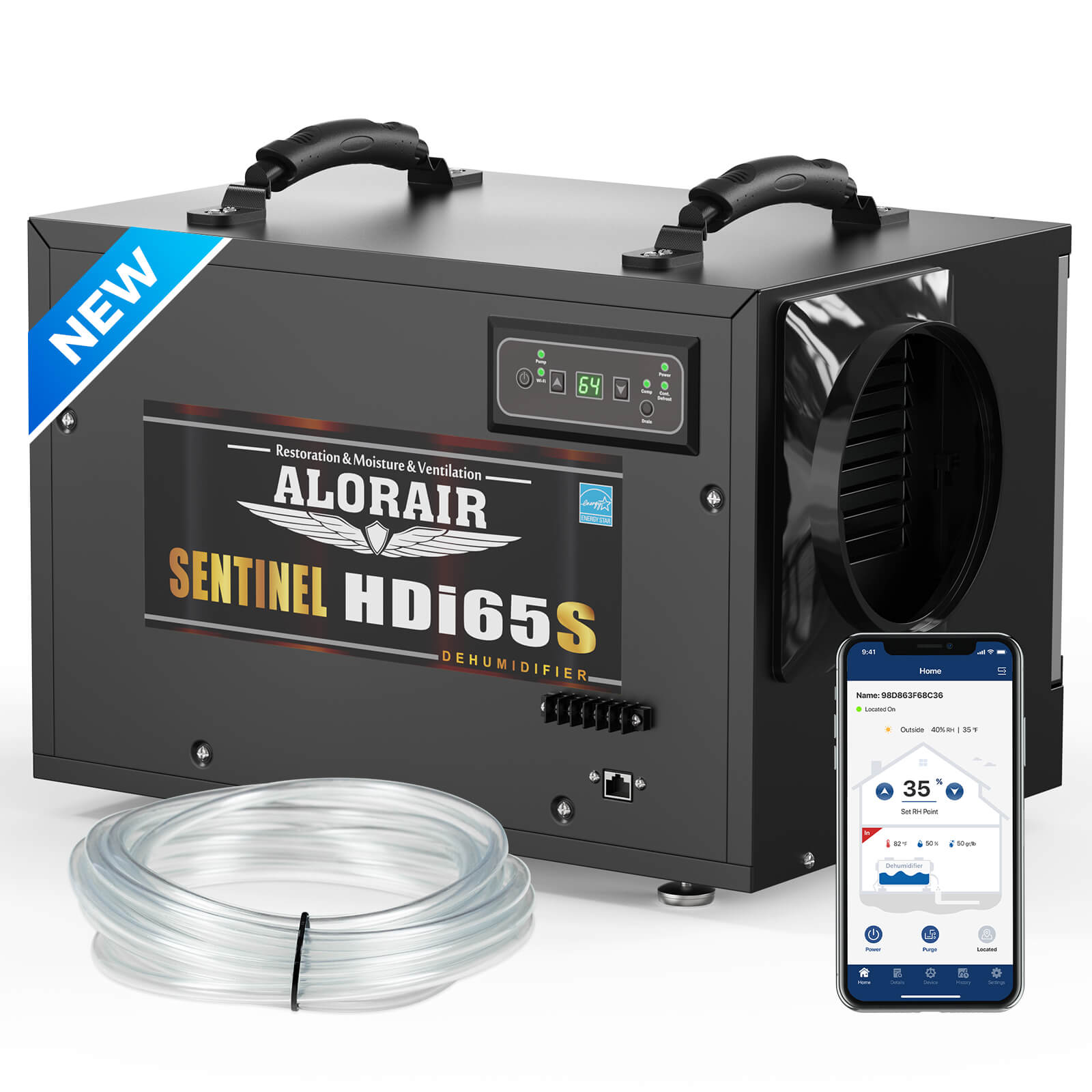
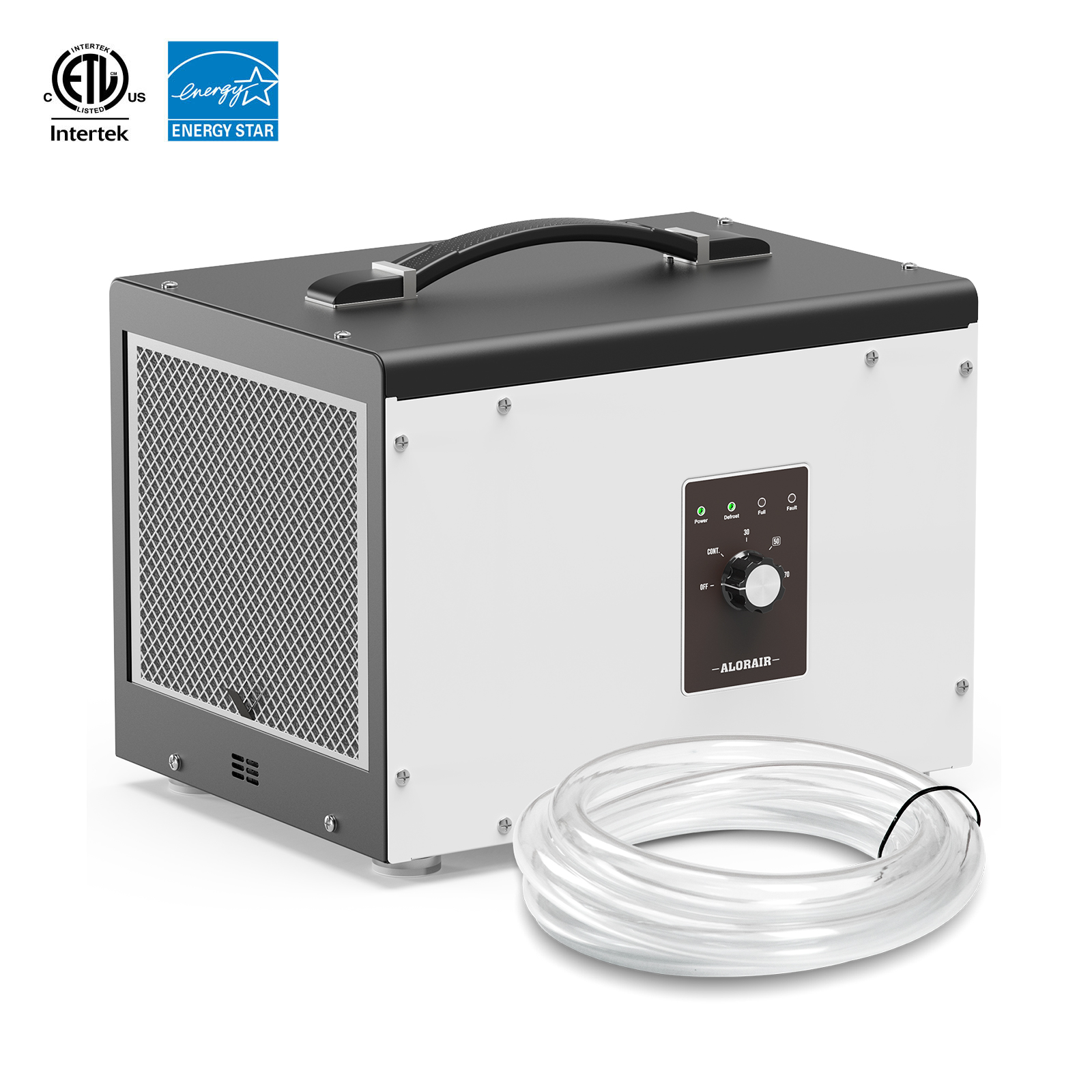
.jpg)
.jpg)

.jpg)
.jpg)
.HDi90.png)
.HD90.png)



.jpg)

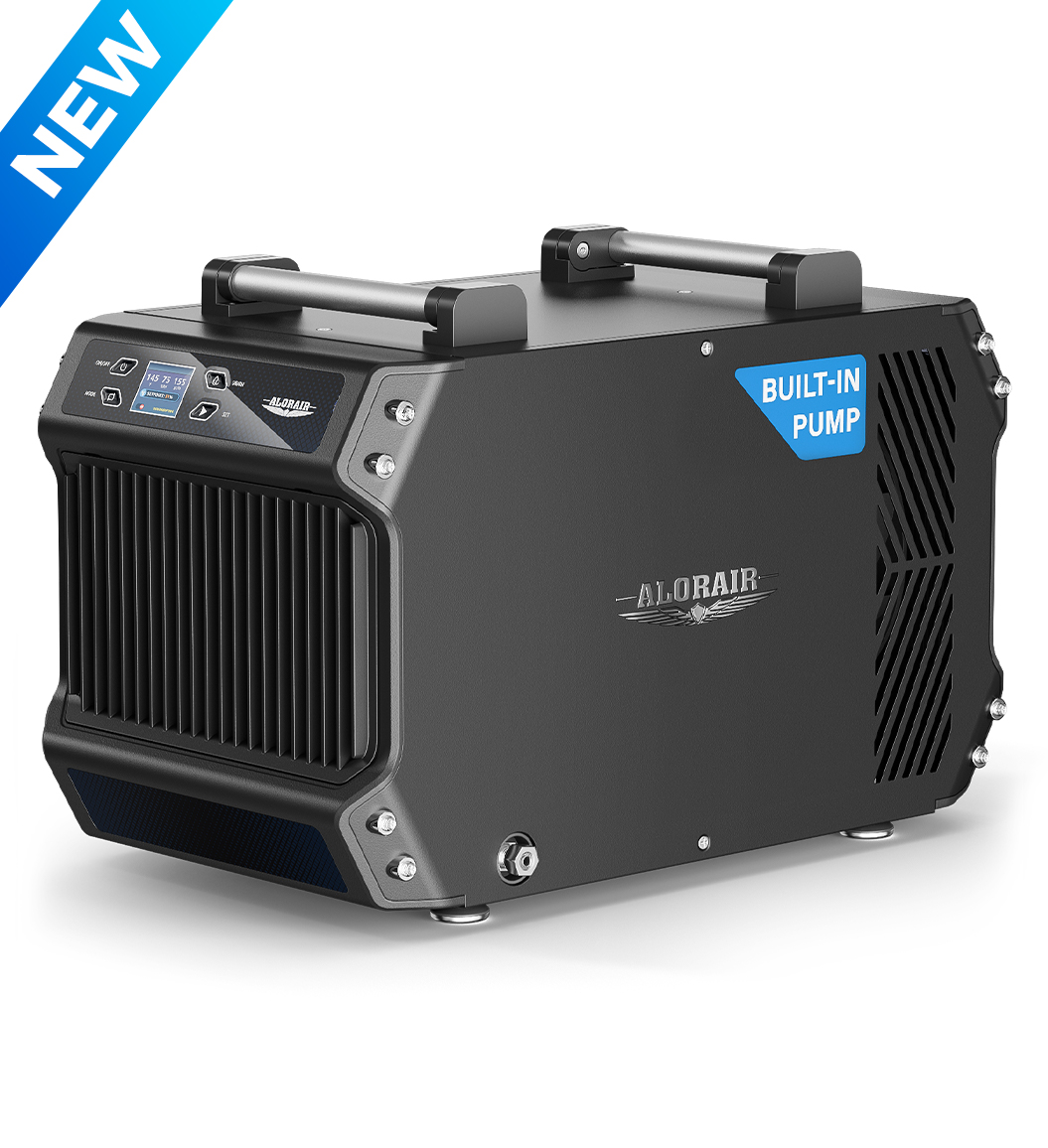




.jpg)
.jpg)
.jpg)
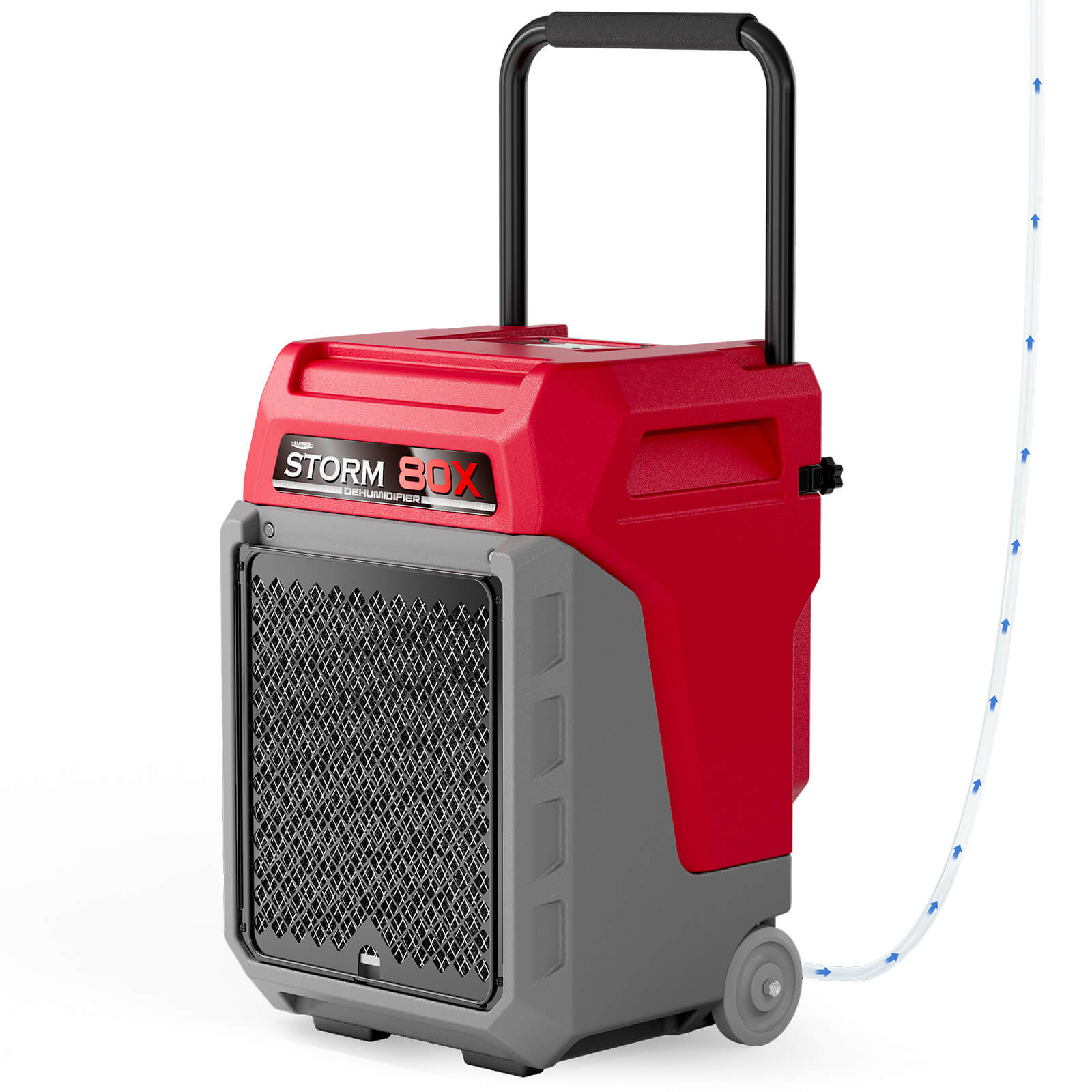


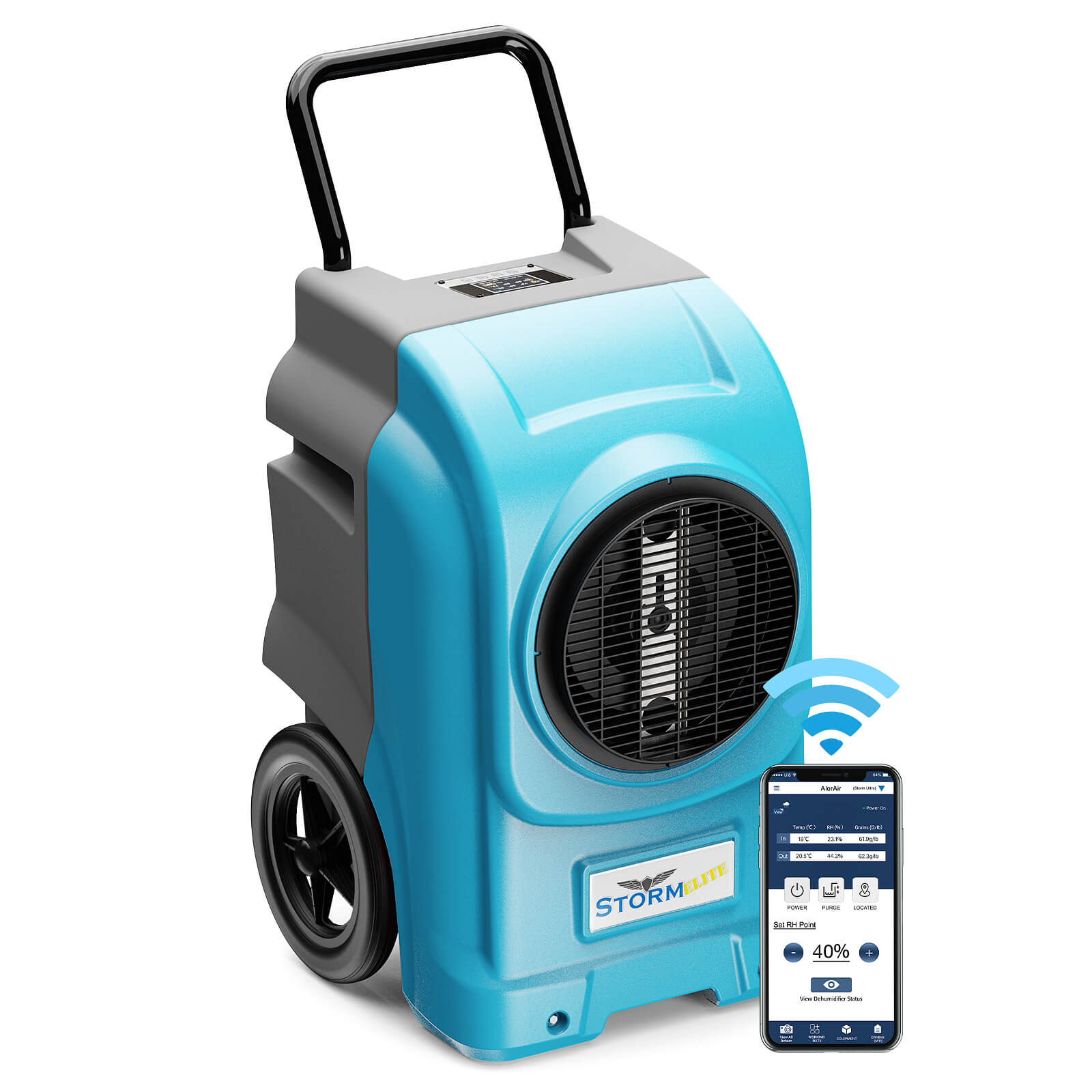

.jpg)
.jpg)
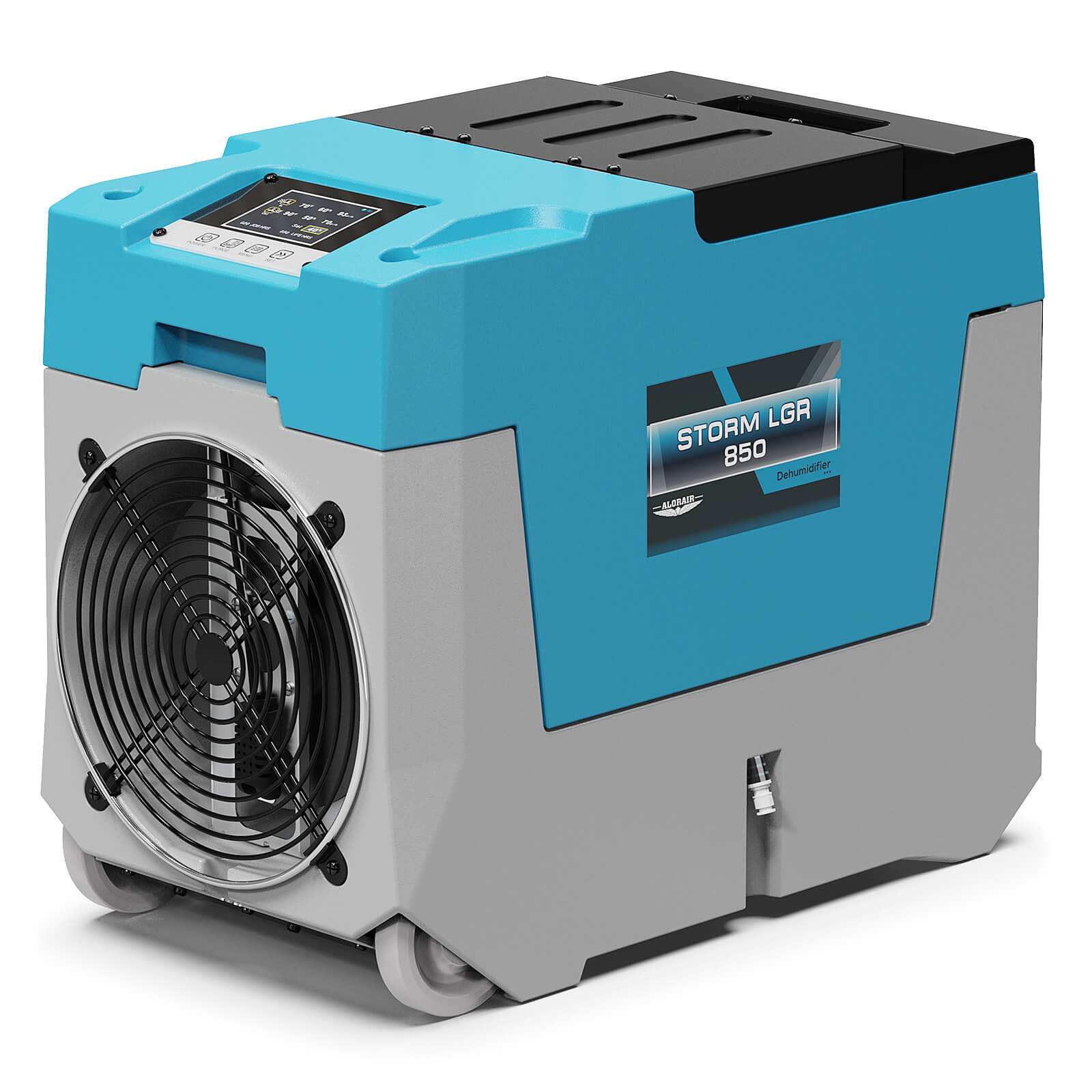

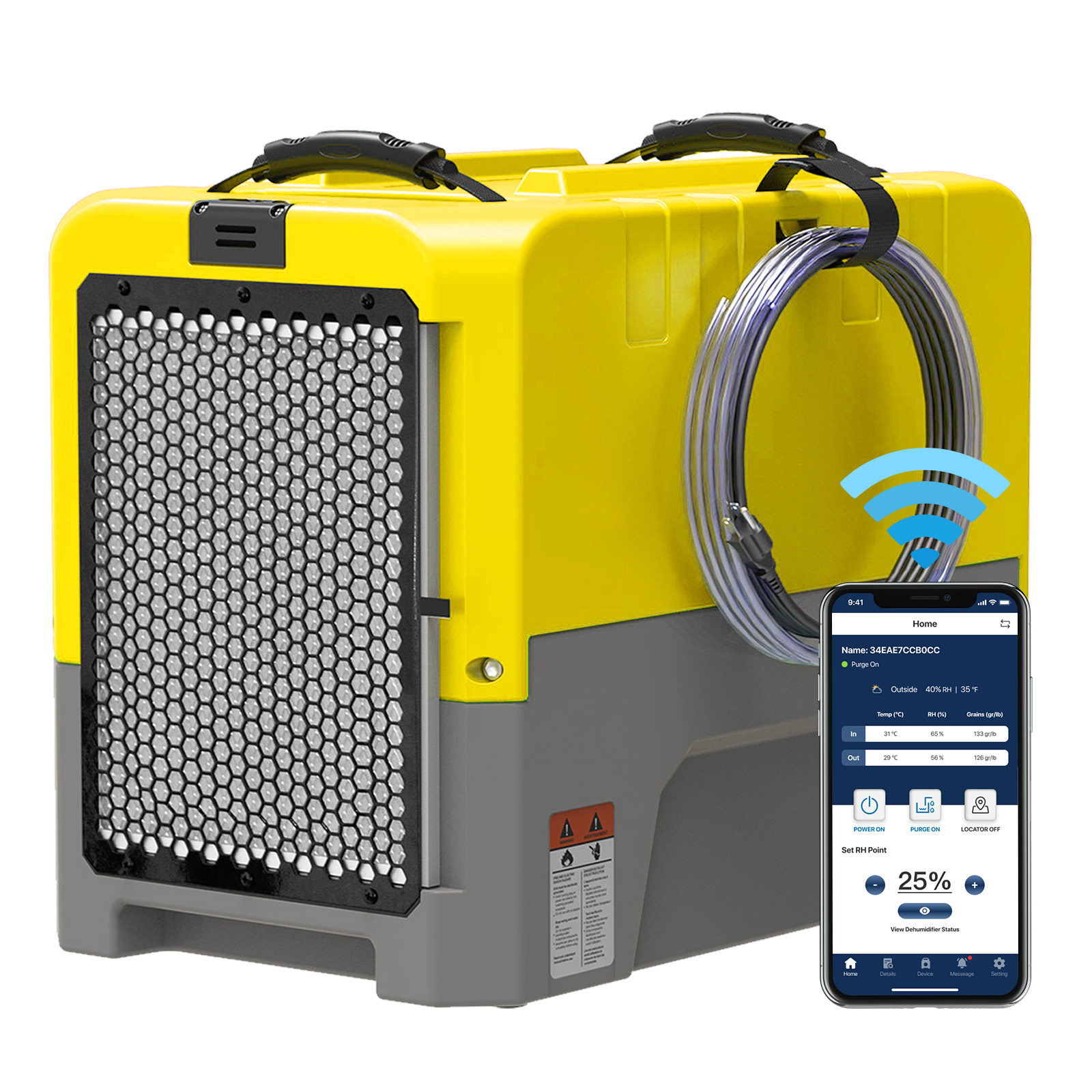








.jpg)
.jpg)








.jpg)
.jpg)










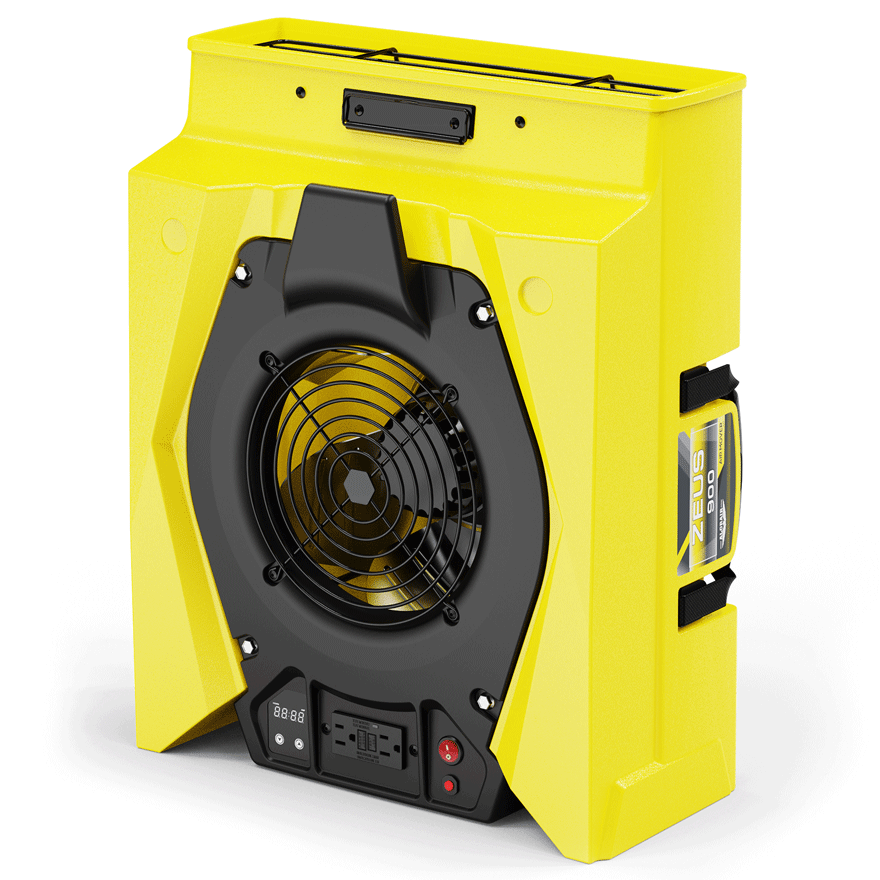
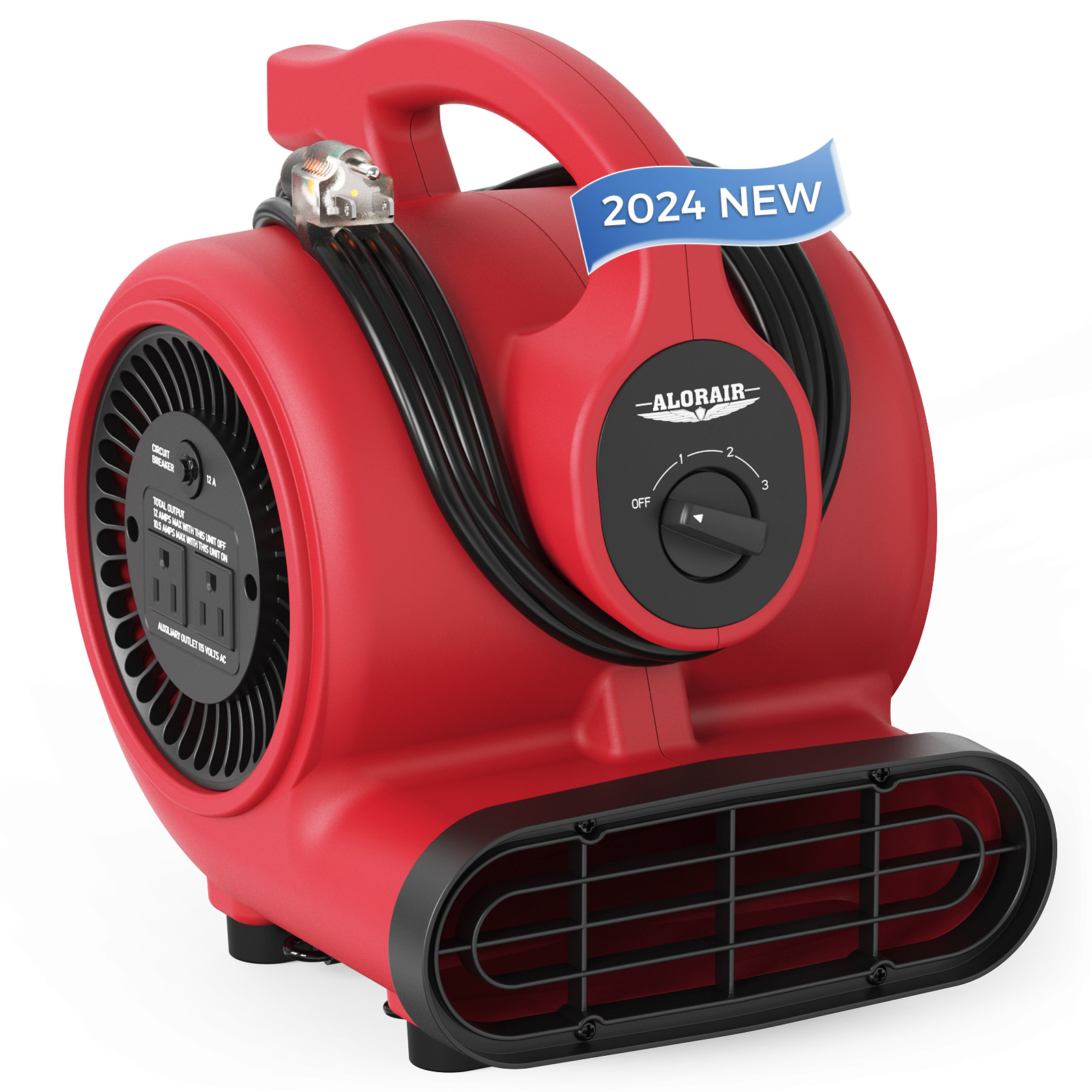
.jpg)
.jpg)
.jpg)
.jpg)
.jpg)
.jpg)
.jpg)
.jpg)
.jpg)
.jpg)
.jpg)
.jpg)
.jpg)
.jpg)





.jpg)
.jpg)
















-.jpg)
.jpg)

.jpg)
.jpg)



























 Exclusive offers
promotions
Exclusive offers
promotions

